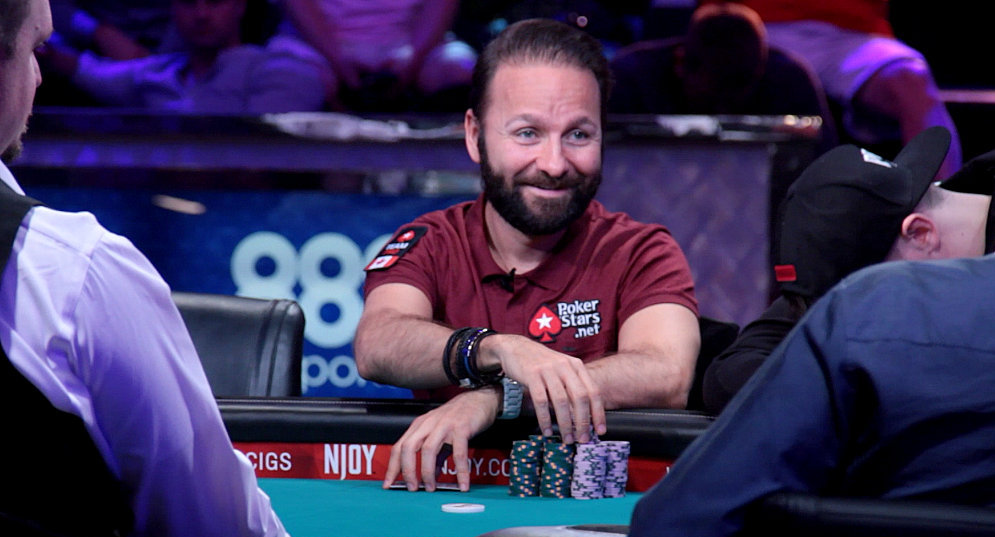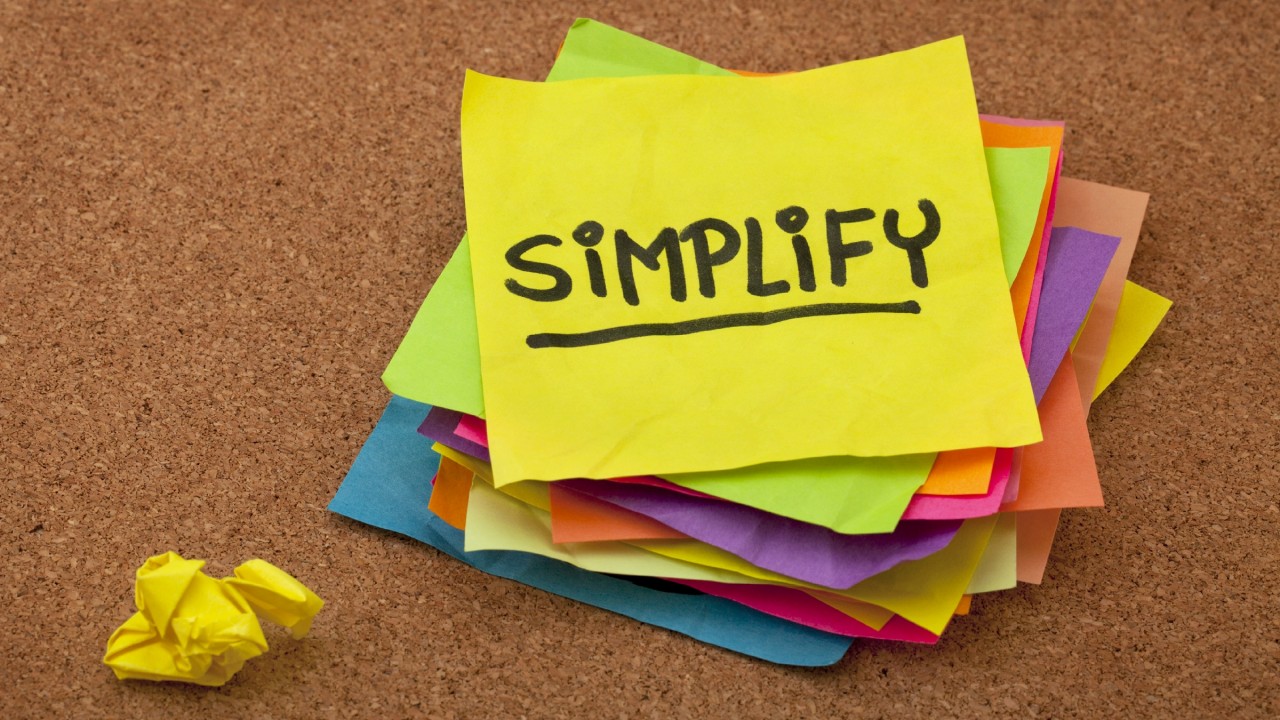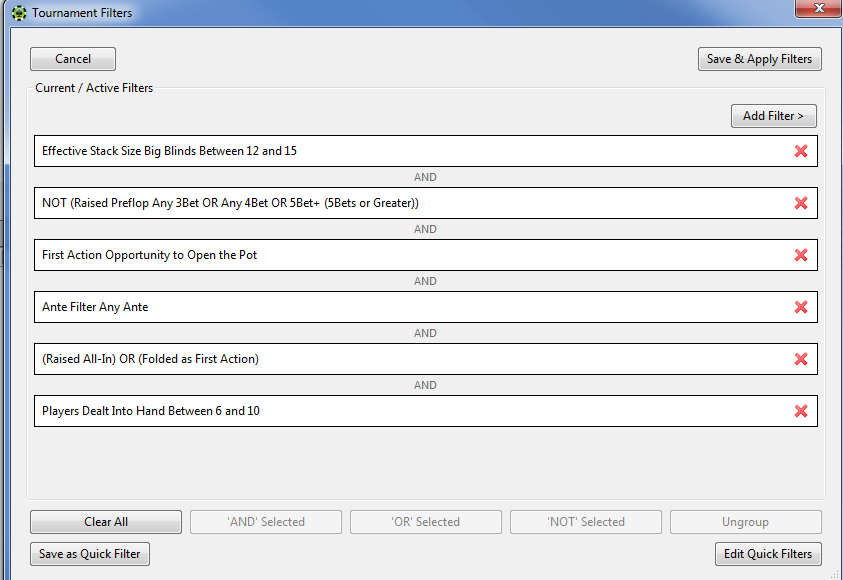
Above - Daniel Negreanu on the button
Preflop is widely acknowledged as the easiest of all the streets in poker. This of course makes a lot of sense from the strategic point of view since the number of possible permutations can only increase as we add additional cards to the board. That being said, many players mistakenly assume that preflop decisions are trivial and that's definitely not the case.
Relying on Starting Hand Charts
This is a fairly common issue. Many beginner players use starting hand charts as a temporary solution that allows them to take their first steps into the world of poker. This is of course understandable since poker strategy is a very broad concepts and it's good to have something easy to memorize that we can base our developing strategy on.
The problem occurs when we forget about the fact that starting hand charts should be just a temporary solution and we use them as a substitute for the knowledge about the principles of proper preflop range construction. Starting hand charts can also leave players to the suboptimal approach of thinking in terms of optimal plays with certain hands instead of thinking about how our entire range stacks up against the entirety of our opponent's range.

Ignoring Table Dynamics
Even if our thinking is way beyond the level of starting hand charts, we construct our preflop strategy using advanced tools like Flopzilla and incorporating some game theory optimal concepts many of us still make a mistake of following those advanced, well-thought out ranges well to closely.
Poker is all about adjusting to our opponents and we should be ready to dramatically alter our default game plan based on the table line up, actions of players on out right etc. Here are some classic examples of common spots where widening our ranges might be a great idea:
- One of the easiest and most common examples is opening any two cards on the BU and/or SB vs. players who defend infrequently allowing us to autoprofit. No matter how much thought you've put into your 52% default BU opening range, all of that should go out the window as soon as you see two nits on the blinds.
- When there's a recreational player behind us and we're first to act we should be willing to open up our raise first range (moderately if we're out of position vs. that player, and considerably when we're in position).
- We should consider with some part of our value 3betting range when we see a regular player isolating a recreational player before us. The specific will vary based on our position at the table and opponent player types, but the basic idea is that playing a multiway-pot with a weaker player will likely show higher expectation than 3betting a competent regular.
- When we see a recreational player flat calling a raise from a regular player we can often squeeze with a wide, linear value range to fold out the villain's hand and isolate the weaker player. This will often work very well since we have good fold equity vs. a regular player. However, if the weaker player raises and good player flat calls this plan is no longer good because we have poor fold equity vs. player one and when he decides to call player two gets very good odds to continue in the hand.
Below - Flopzilla is pretty useful tool for preflop strategy

Not 3betting Enough
This is true especially for micro stakes players who aren't comfortable with raising anything other than premium hands with some bluff blockers sprinkled in. Playing 3bet pots is tricky and reluctance to do that is somewhat understandable, but what's even more tricky is playing against 3bets. We should keep that in mind and use that very powerful play because it has a potential to cause our opponents to make big mistakes.
Two main areas where increasing 3bet % makes the most sense for players who aren't 3betting enough are: blind defence and isolating recreational players. Most micro stakes players don't defend their blinds nearly as often as they should so widening both are value and bluff range is the way to go. As for iso 3bet vs. weak players, when we see someone with a huge gap between VPIP and his >30% PFR we shouldn't shy away from isolating him with a wide variety of value hands, especially if he's not folding to 3bet very often.
Below - Hugo Pingray became a 'real monster' at $1,500 NLHE Monster Stack

Giving Up Blinds Too Easily
Going back to the previous point, unfortunately, it's no longer 2009 and folding suited connectors against 2.5x BU open is no longer 'a sensible course of action', now it's just 'burning money'. Everybody knows that stealing blinds is good and nowadays you can find micro stakes players with raise first of 50% or even +60% from the button.
Fortunately, they don't necessarily know how to behave post flop with such a humongous range and we can take advantage of that by calling and 3betting with a reasonably wide selection of hands in the big blind. The small blind situation is very different since we're not getting nearly as attractive odds as we get vs. those small 2-2.5BB open raises when we're the one posting big blind.
Not Utilizing Database Filters
Every poker player is different and I can't tell you which hands in your preflop raising range will show a profit. Fortunately, your poker tracker absolutely can. Using a couple of quick filters you can figure out in a matter of minutes (assuming an adequate sample size) which hands in your UTG raising range should stay and which you should consider dropping. Same goes for every other position and more complicated situations like calling vs. 3bet etc.
Below - Quick filters are very useful tool.

We often get so caught up in theoretical discussion that we forget to check if our assumptions actually work. That's a very simple mistakes that you shouldn't continue making in the future. Make a habit of looking into your winrate with certain hands in your preflop ranges every 50k hands or so and make adequate adjustments based on that newly acquired knowledge.
 More Top Rated Content
More Top Rated Content
